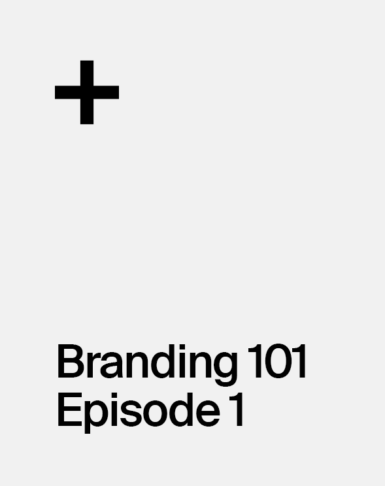This article originally appeared in Digiday.
This year, dealmaking is expected to make a resurgence after a slowdown in recent years.
There’s already notable activity. Last week, Capital One announced plans to acquire Discover. Earlier this month, online sports betting company DraftKings made its plans to buy lottery games company Jackpot public. Meanwhile, Comcast and Paramount reportedly held talks about potentially combining their streaming services Peacock and Paramount+, among other deals.
“There’s a lot of pent up demand for mergers and acquisitions from C-Suites, boards and Wall Street,” said Michael Khoury, president of global branding consultancy Wolff Olins in New York. “There’s a lot of chatter that later this year and next year as the Fed lowers [interest] rates businesses are going to be increasingly looking to join up and scale up.”
As C-Suites look for growth through M&A, questions, of course emerge for marketers at those companies: What happens to the brands? Do they become one? How do you choose the name? Does one name remain while the other disappears? Do you create a new name? How do you market the new brand? To understand the M&A process and the second order effects for marketers, Digiday caught up with branding executives at brand consulting firms Wolff Olins, Siegel+Gale, Landor and Interbrand to get a rundown of the process as the M&A market begins to stir.
While the process and the length of said process varies based on the companies and the deal, typically there are a few phases that occur throughout. Ahead of an M&A announcement, C-Suite executives at the companies looking to strike a deal will enter into a due diligence period. Best case scenario, according to the brand execs, chief marketing officers have a seat at the table at this time to start running brand equity analysis studies and have a hand in the business vision and strategy conversations to get the ball rolling on what the brand will look like should the deal go through.
“All of that depends on what they’re trying to communicate to the marketplace with this deal,” said Jason Cieslak, President, Pacific Rim at global brand experience firm Siegel+Gale, when asked about how companies choose between two different brand identities amid M&A.
Should the deal make it through the regulatory process, the next phase will be the launch day or “legal day one,” as Andrew Miller, chief growth officer at Interbrand explained. “Sometimes, depending on the state that you are incorporated in, there are some legal requirements that you have to have in place by legal day one. … [For one brand], because they decided to do a new name, we had to accelerate the naming process and then we built the brand after, which took another couple of years.”
The length of the process varies by the deal, according to brand execs, who said that working with companies to manage the brand amid the M&A process can take three to six months between announcement and legal day one but on average it’s often a six to 12 month process to legal day one with continued brand work for the years following.
“If you’re a serial acquirer and especially if you’re a technology company, you’re buying lots of technology, maybe eight to 10 months, you’ve transitioned what you bought into something else or you’ve at least begun that transition,” said Louis Sciullo, executive director of business development, financial services and markets at Landor. “Sometimes it can take years depending on how much value there is in it and how careful you want to be around preserving that asset.”
As for the cost, that also varies by the companies and the deal. For brands with a retail presence of footprint in the world the added cost of signage often has companies taking longer to roll out the new brand identity over time to avoid dealing with the cost all at once.
“Having done lots of M&A, we’ve been privy to seeing how it works best and how it doesn’t work best, right?” said Siegel+Gale’s Cieslak. “And it all hinges upon the CMO having a seat at the table when those conversations about a deal are happening. … When marketing has a seat at the table, the the brand evolution that subsequently happens tends to be really sharp and super focused.”


